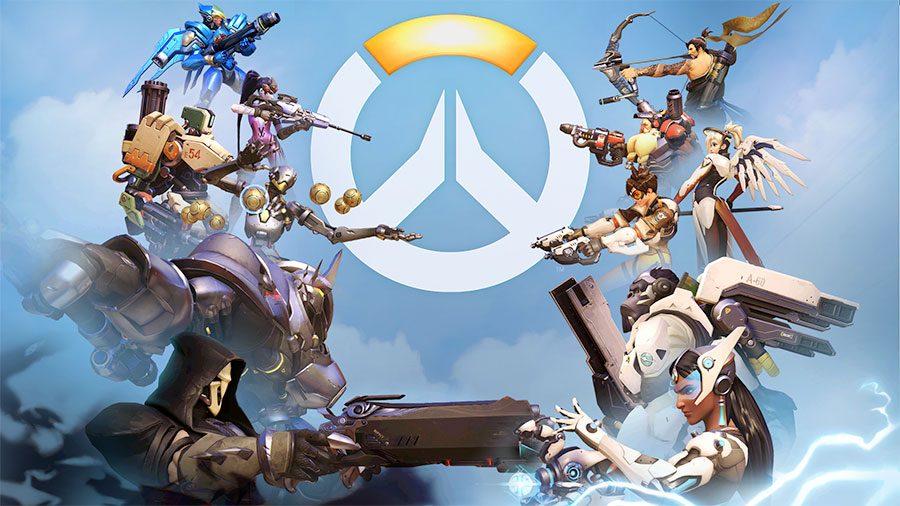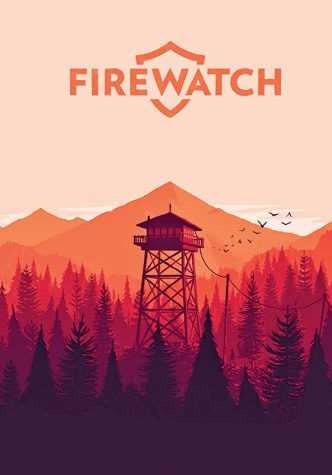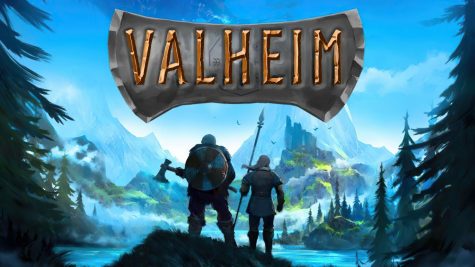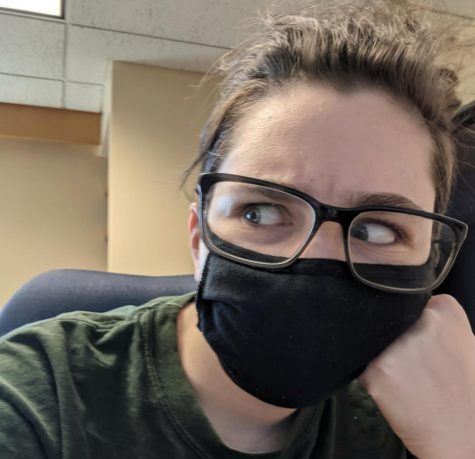FPS, team play, character: This game has it all
“Overwatch: soldiers, scientists, adventurers, oddities . . . guardians who secured global peace for a generation.”
Blizzard Entertainment, creator of World of Warcraft, Diablo, and Starcraft, released Overwatch in May 2016. The quote above, from the game’s official cinematic trailer, refers to the multitude of personalities who make up the cast of playable characters.
The game is an online multiplayer team-based first-person shooter, according to its official genre classifications. Usually, a game like this would be nowhere on my radar, or at least off toward the edge of it. I can’t really say that I have a specific genre — my tastes are eclectic, to say the least — but I do tend to prefer games that give me time to think.
Despite this, I have very quickly become concerningly obsessed with Overwatch.
The thing that first drew me to the game was the vibrancy of its design. The colors are striking, the maps are full of details that give the feeling of a deeper world, and the gameplay is fast-paced and lively.
Once the game’s design made me take a closer look, I began to appreciate the cast of characters. Not only is it large, with 21 currently playable characters, but each character — although many are based in tropes — also has their own quirks, depth, and unique gameplay.
From Reaper, the cloaked figure who teleports through shadows and intones his lines in an intimidating baritone, to Junkrat, the insane bomber who looks like he climbed out of a dumpster, to Mei, the cheerful scientist who pushes up her large glasses before encasing her enemies in ice, all of the characters have personalities and traits that make them fascinating and fun to play.
Once you get past a brief tutorial, the only real purpose of which is to show you the buttons the game will be utilizing, your only options are to wander around the training range to practice a new character’s moves or to jump straight into an online game. At first, this made me nervous — “I’ve never played! What if I’m trash and my team hates me?” — but I quickly realized that the only way to learn is to play, and that no one was going to lynch me for being new to the game.
Every match is played on a map chosen randomly from the 13 available, and each map has its own objective. This gives the matches a sense of purpose and variety, and gives the game an edge over simple team-versus-team brawl-style games.
Each character is associated with a playstyle or purpose, of which there are four: offense, defense, tank and support. Not every team needs a character from every grouping to win, but it certainly makes the match go a little smoother.
When I first started the game, I played only Reaper. Each character requires a different style of gameplay and getting good at a new one can be like starting the game all over again, so I played what I knew until I didn’t suck quite so badly. This meant that I was unable to change to a different character if it became clear that our team was unbalanced, because I didn’t want to be the miserable failure who ran around shooting at walls while I tried to learn something new on the fly.
Now that I’ve played for many (many) more hours, I’ve branched out and discovered the joy of playing the different types of characters. Even within the generalized playstyle groupings, each character is unique, and trying a new character can be ridiculously exciting.
This aspect of the game also means that I can change things up depending on what mood I’m in. If I want to run into the fray and shoot people in the head, I play Reaper. If I want to fly above the battle and rain justice from above, I play Pharah. If I want to sit quietly on a balcony and snipe healing at my teammates and death at my enemies, I play Ana. If I want to zip around the battlefield and annoy the hell out of anyone who needs time to aim, I play Tracer.
The game’s variable format, large selection of characters, and online matchups ensure that each match is new and consistently entertaining. (Or incredibly frustrating when the rest of your teammates all decide it would be fun to play Mei and run around throwing ice walls in the most inconvenient locations.)
While the variety and energetic playstyle of the game would be enough to keep me hooked, Overwatch has even more to offer. At the time of this review, Blizzard has released a cinematic trailer, five animated shorts, eight comics, a handful of origin videos and some miscellaneous tidbits of story. The story is unfolding at an agonizingly slow pace for someone as story-driven as myself, but that only makes the big reveals more satisfying.
Additionally, if you’re a more competition-minded individual, the Overwatch Atlantic Showdown brings the game into a sports-like format. The community’s best players from around the world form teams and battle it out, tournament-style. Spectators can watch live through a dedicated stream or find previous matches on YouTube for some action-packed excitement that will make almost any player feel inadequate in comparison.
Although the game will probably not catch everyone’s fancy, it has much more depth than I expected at first glance and will likely appeal to a larger demographic than its genre might suggest.
Overwatch is available on PC, PlayStation 4 and Xbox One, although cross-platform multiplayer is currently unavailable. The $40 price tag was enough to give me pause, but, if you have the time to spare, the game is absolutely worth it.










